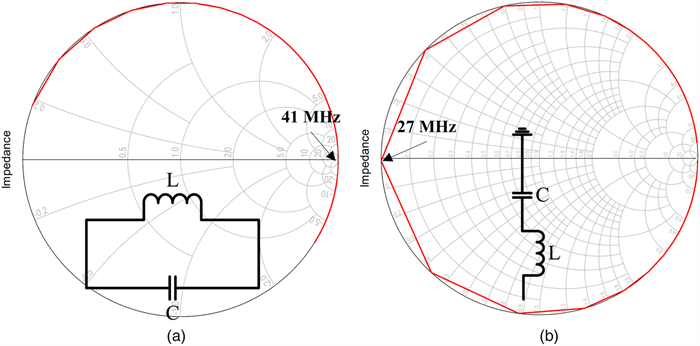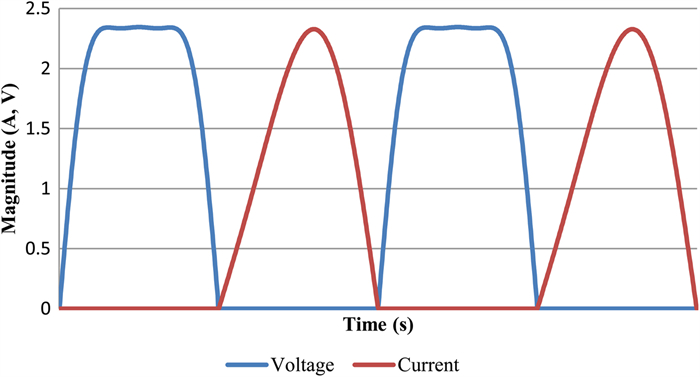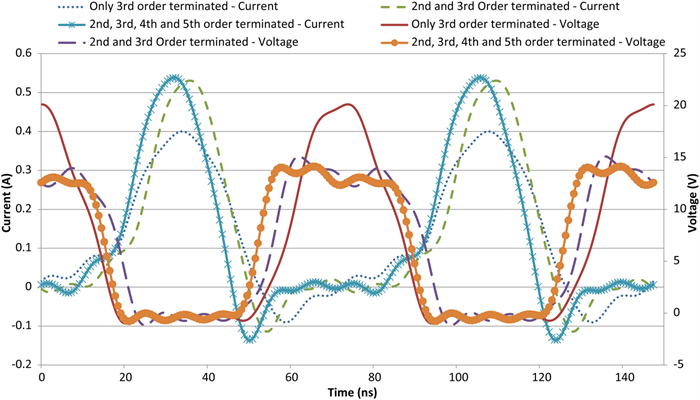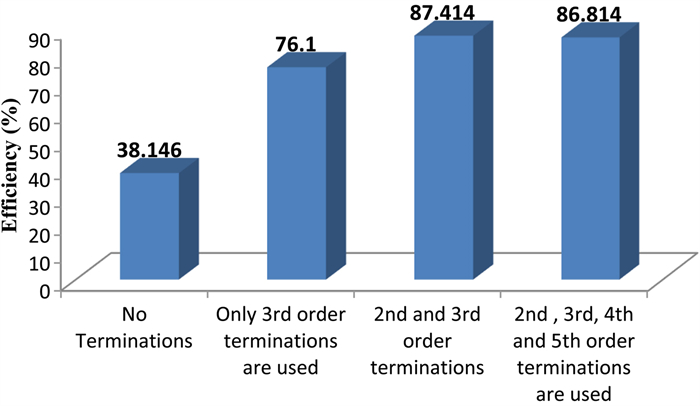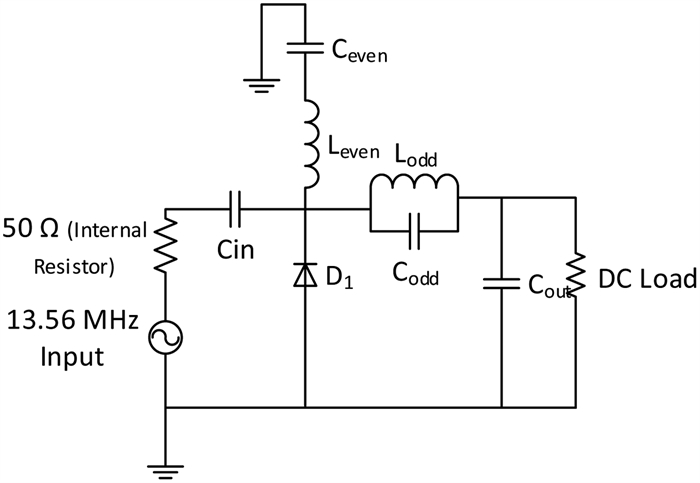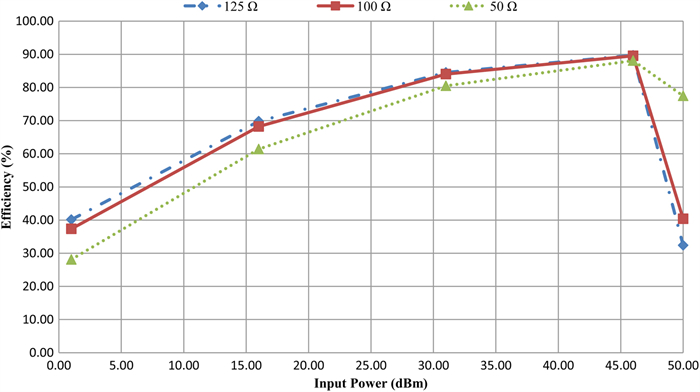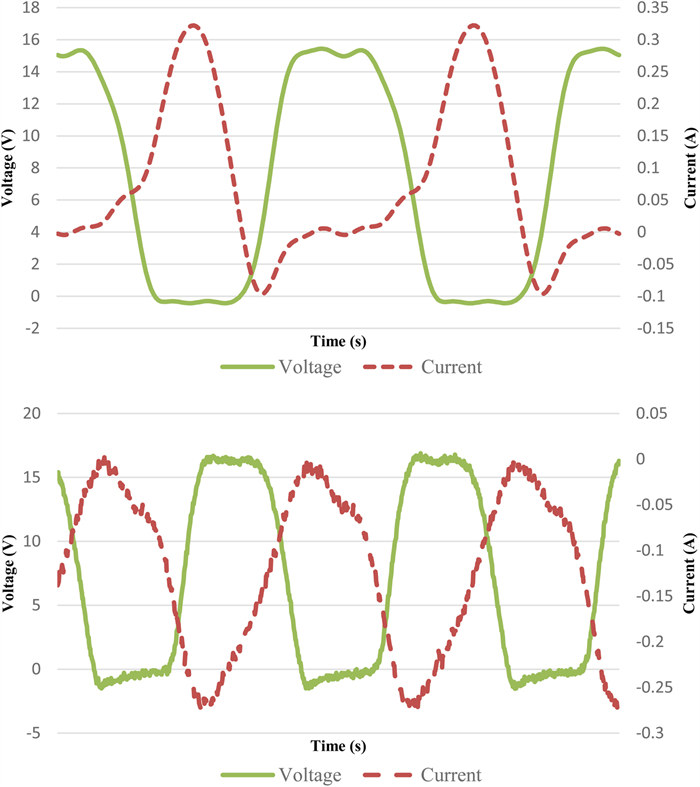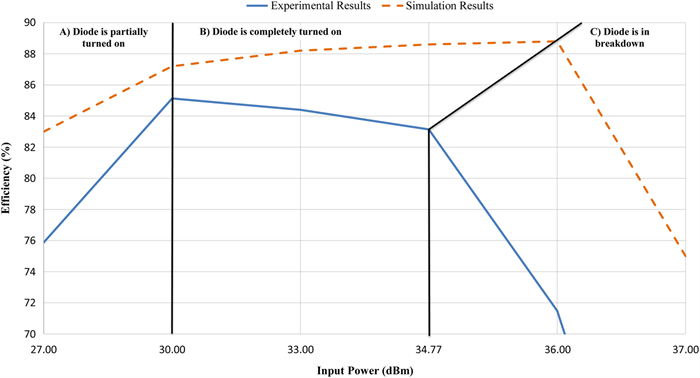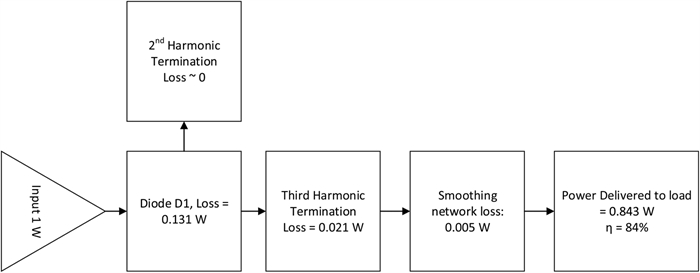Harmonically terminated high-power rectifier for wireless power transfer
-
1.
Philips Healthcare, 3545 47th Avenue, Gainesville, Florida 32608, USA
-
2.
Department of Electrical and Computer Engineering, University of Florida, Gainesville, Florida, USA
-
3.
Space Systems Loral, Palo Alto, California, USA
-
4.
Radio Application, Guidance and Electro-Optics Div., Integrated Undersea Warfare Systems Development and Promotion Program, NEC Corporation, Tsukuba, Japan
More Information
-
Author Bio:
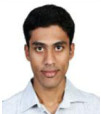 Aasrith Ganti
Aasrith Ganti received his B.S. in Electronics and Communication Engineering from the JNT University in 2008 and M.S. in Electrical Engineering in 2014. Presently he is a part of the development team at Philips Healthcare. His main research interests are wireless power transfer, energy harvesting, and semiconductor devices.
 Jenshan Lin
Jenshan Lin received the Ph.D. degree in Electrical Engineering from the University of California at Los Angeles (UCLA), Los Angeles, CA, USA, in 1994. He was with AT & T Bell Laboratories (which later became Lucent Bell Labs), Murray Hill, NJ, USA, from 1994 to 2001, and its spin-off Agere Systems from 2001 to 2003. In July 2003, he joined the University of Florida, Gainesville, FL, USA, as an Associate Professor and became a Professor in August 2007. He has authored or co-authored over 250 technical publications in refereed journals and conferences proceedings, and holds 14 US patents. His research interests include sensors and biomedical applications of microwave and millimeter-wave technologies, wireless power transfer, RF-integrated circuits, and antennas. He is a Fellow of IEEE and currently serves as the Editor-in-Chief of IEEE Transactions on Microwave Theory and Techniques for the term of 2014–2016.
 Raul A. Chinga
Raul A. Chinga received his B.S. and Ph.D. degrees from the University of Florida in 2008 and 2013, respectively. His dissertation work concentrated on high efficient power amplifiers for DBD plasma generation for sterilization applications. In addition, he concentrated on wireless power transfer systems via inductive coupling for near field and midrange applications. During his time at the University of Florida, he was awarded the Bridge to the Doctorate Fellowship in 2008, the Graduate Research Fellowship Honorable Mention award by NSF in 2010, and the Varosi Scholarship in 2012. His is currently working at Space Systems Loral in Palo Alto, California, working on various aspects of the spacecraft power system.
 Shuhei Yoshida
Shuhei Yoshida received his M.S. degree from Keio University, Japan in 2007. His dissertation work concentrated on high efficient wireless power transfer systems and its applications. He is currently working at NEC Corporation in Japan, working on various aspects of the wireless power transfer system
-
Corresponding author:
A. Ganti Email: aasrith.ganti@philips.com
-
Abstract
The paper presents a simplified analysis of harmonically terminated rectifier circuit and experimental results of a Schottky diode rectifier with even and odd harmonic terminations. The analysis is based on the Fourier series expansion of the voltage and current across the diode circuit. Harmonic terminations similar to the techniques used for power amplifiers are studied. A maximum efficiency of 84% at 30 dBm is obtained with second- and third-order harmonics terminated. The optimum value of dc load to maximize efficiency is obtained by sweeping the load. An optimal operating range of 28–35 dBm is obtained. The applications of the rectifier in wireless charging and power transfer systems are discussed.
-
About this article
Cite this article
Ganti A, Lin J, Chinga RA, Yoshida S. 2016. Harmonically terminated high-power rectifier for wireless power transfer. Wireless Power Transfer 3(2): 75-82 doi: 10.1017/wpt.2016.4
|
Ganti A, Lin J, Chinga RA, Yoshida S. 2016. Harmonically terminated high-power rectifier for wireless power transfer. Wireless Power Transfer 3(2): 75-82 doi: 10.1017/wpt.2016.4
|


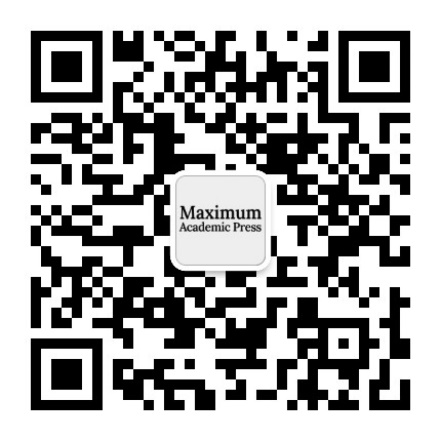
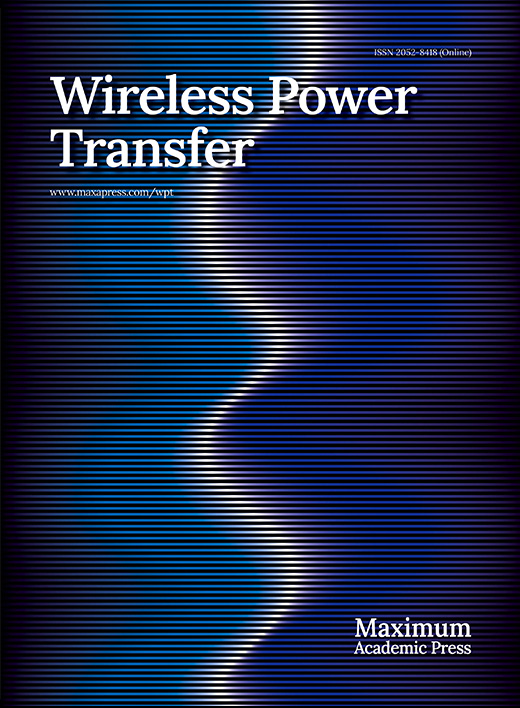






 Aasrith Ganti received his B.S. in Electronics and Communication Engineering from the JNT University in 2008 and M.S. in Electrical Engineering in 2014. Presently he is a part of the development team at Philips Healthcare. His main research interests are wireless power transfer, energy harvesting, and semiconductor devices.
Aasrith Ganti received his B.S. in Electronics and Communication Engineering from the JNT University in 2008 and M.S. in Electrical Engineering in 2014. Presently he is a part of the development team at Philips Healthcare. His main research interests are wireless power transfer, energy harvesting, and semiconductor devices.  Jenshan Lin received the Ph.D. degree in Electrical Engineering from the University of California at Los Angeles (UCLA), Los Angeles, CA, USA, in 1994. He was with AT & T Bell Laboratories (which later became Lucent Bell Labs), Murray Hill, NJ, USA, from 1994 to 2001, and its spin-off Agere Systems from 2001 to 2003. In July 2003, he joined the University of Florida, Gainesville, FL, USA, as an Associate Professor and became a Professor in August 2007. He has authored or co-authored over 250 technical publications in refereed journals and conferences proceedings, and holds 14 US patents. His research interests include sensors and biomedical applications of microwave and millimeter-wave technologies, wireless power transfer, RF-integrated circuits, and antennas. He is a Fellow of IEEE and currently serves as the Editor-in-Chief of IEEE Transactions on Microwave Theory and Techniques for the term of 2014–2016.
Jenshan Lin received the Ph.D. degree in Electrical Engineering from the University of California at Los Angeles (UCLA), Los Angeles, CA, USA, in 1994. He was with AT & T Bell Laboratories (which later became Lucent Bell Labs), Murray Hill, NJ, USA, from 1994 to 2001, and its spin-off Agere Systems from 2001 to 2003. In July 2003, he joined the University of Florida, Gainesville, FL, USA, as an Associate Professor and became a Professor in August 2007. He has authored or co-authored over 250 technical publications in refereed journals and conferences proceedings, and holds 14 US patents. His research interests include sensors and biomedical applications of microwave and millimeter-wave technologies, wireless power transfer, RF-integrated circuits, and antennas. He is a Fellow of IEEE and currently serves as the Editor-in-Chief of IEEE Transactions on Microwave Theory and Techniques for the term of 2014–2016.  Raul A. Chinga received his B.S. and Ph.D. degrees from the University of Florida in 2008 and 2013, respectively. His dissertation work concentrated on high efficient power amplifiers for DBD plasma generation for sterilization applications. In addition, he concentrated on wireless power transfer systems via inductive coupling for near field and midrange applications. During his time at the University of Florida, he was awarded the Bridge to the Doctorate Fellowship in 2008, the Graduate Research Fellowship Honorable Mention award by NSF in 2010, and the Varosi Scholarship in 2012. His is currently working at Space Systems Loral in Palo Alto, California, working on various aspects of the spacecraft power system.
Raul A. Chinga received his B.S. and Ph.D. degrees from the University of Florida in 2008 and 2013, respectively. His dissertation work concentrated on high efficient power amplifiers for DBD plasma generation for sterilization applications. In addition, he concentrated on wireless power transfer systems via inductive coupling for near field and midrange applications. During his time at the University of Florida, he was awarded the Bridge to the Doctorate Fellowship in 2008, the Graduate Research Fellowship Honorable Mention award by NSF in 2010, and the Varosi Scholarship in 2012. His is currently working at Space Systems Loral in Palo Alto, California, working on various aspects of the spacecraft power system.  Shuhei Yoshida received his M.S. degree from Keio University, Japan in 2007. His dissertation work concentrated on high efficient wireless power transfer systems and its applications. He is currently working at NEC Corporation in Japan, working on various aspects of the wireless power transfer system
Shuhei Yoshida received his M.S. degree from Keio University, Japan in 2007. His dissertation work concentrated on high efficient wireless power transfer systems and its applications. He is currently working at NEC Corporation in Japan, working on various aspects of the wireless power transfer system 



